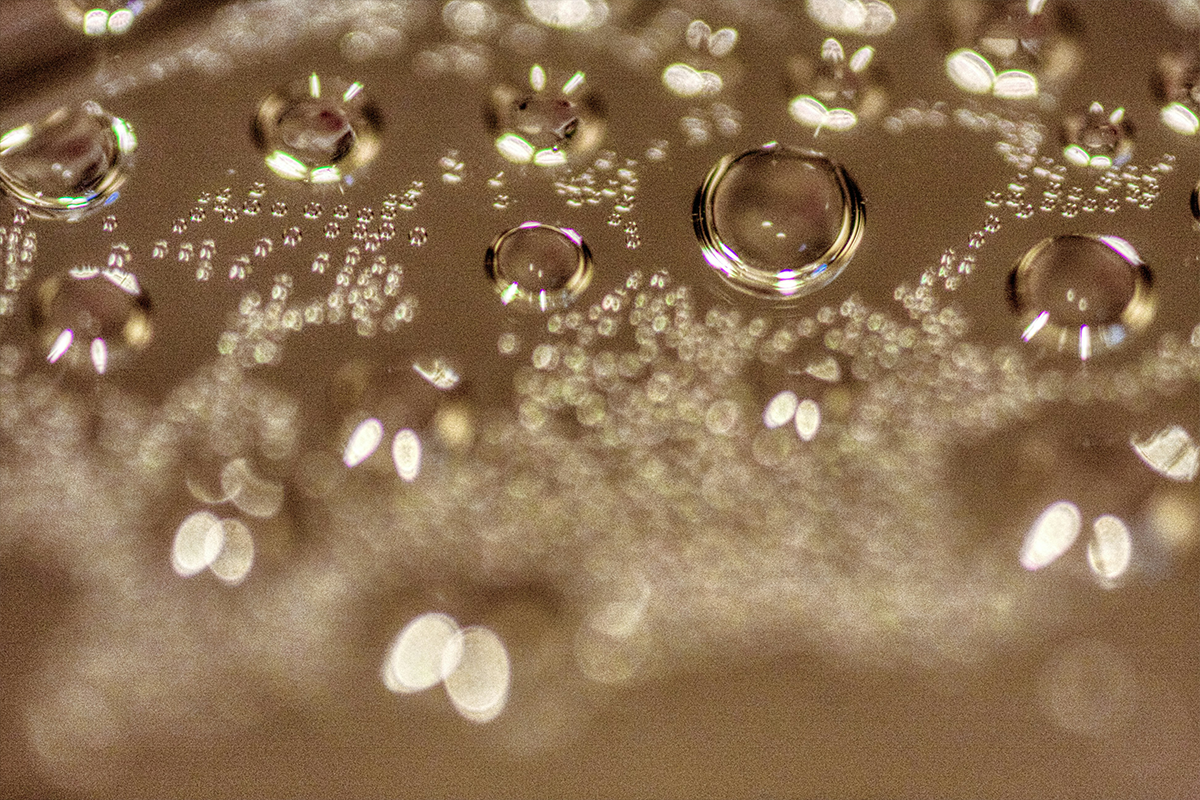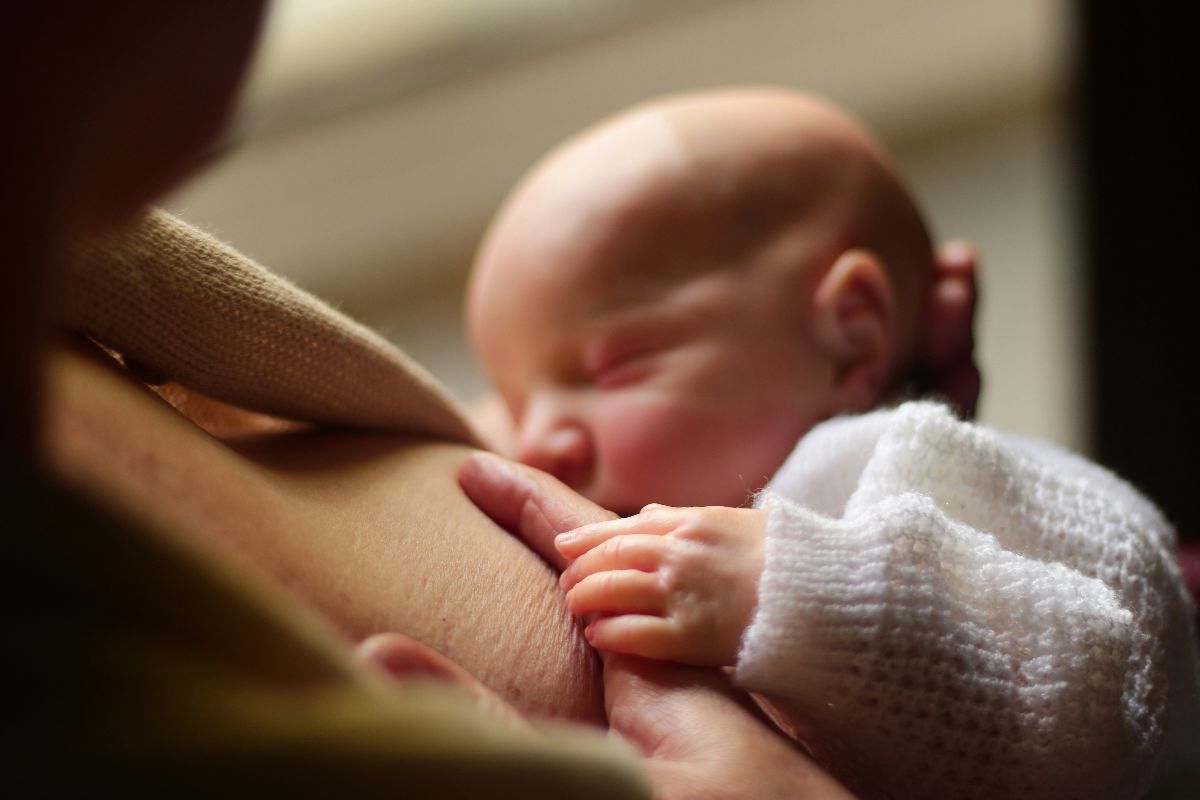Keeping your breast pump parts clean is crucial for your little one's health. But let's face it, sterilizing can feel like a hassle when you're juggling a million other tasks. Don't worry - we've got your back with this simple guide. Whether you're a new parent or a seasoned pro, proper sterilization is key to safe and hygienic feeding. We'll walk you through the process step-by-step, so you can feel confident you're doing it right. Ready to make sterilizing a breeze? Let's get started with some easy tips and tricks to keep those pump parts squeaky clean.
Why is sterilizing breast pump parts important?
Sterilizing breast pump parts is crucial for the health and safety of your baby. Proper cleaning and sanitization of breast pump components, including hands-free breast pumps like the Perifit Pump, prevents the growth of harmful bacteria that can contaminate breast milk and potentially make your little one sick.
Preventing bacterial contamination
Breast milk provides an ideal environment for bacteria to thrive. When pump parts aren't thoroughly cleaned and sterilized after each use, residual milk can become a breeding ground for microorganisms. These bacteria can then transfer to your baby through expressed breast milk (1), potentially leading to infections or other health issues.
Maintaining milk quality
Sterilizing breast pump parts helps preserve the quality and safety of your expressed milk. Clean equipment ensures that your carefully pumped breast milk remains free from contaminants (2), allowing your baby to receive all the nutritional benefits without added risks.
Peace of mind for nursing parents
Knowing how to sterilize breast pump parts properly gives you confidence in the safety of your pumping routine. By following recommended cleaning practices, you can focus on bonding with your baby and maintaining your milk supply without worrying about potential contamination issues.
💡 Consistent sterilization protects your little one's health and maximizes the benefits of your pumped breast milk.
Which parts of the breast pump need to be cleaned and sterilized?
Essential components
When it comes to cleaning and sterilizing your breast pump, it's crucial to focus on all parts that come into contact with breast milk. This includes the silicone breast pump flange (breast shields), valves, membranes, breast milk storage bottle, connector, diaphragm and tubing.
💡 Pay special attention to the pump mechanism that creates suction, as this is where milk can potentially accumulate..
Cleaning frequency
For optimal hygiene, clean all removable pump parts after each use and replace them regularly. This practice helps prevent the growth of harmful bacteria that could contaminate your expressed milk. If your little one is under 3 months old or has a weakened immune system, sterilizing the parts daily and replacing breast pump parts as recommended by the manufacturer is advised.
When should you clean and sterilize breast pump parts?
Before first use: Sterilizing
Before using your breast pump for the first time, it's crucial to sterilize all washable parts. This initial sterilization ensures that any potential contaminants from manufacturing or packaging are eliminated.
Here are the key steps:
- Prepare a clean pot of water and bring it to a low boil.
- Disassemble parts and carefully immerse them into the pot, ensuring they don't touch the bottom.
- Sterilize for 2-3 minutes maximum, ensuring vigilance throughout.
Before use and between uses: Cleaning
To maintain hygiene and prevent bacterial growth, it's essential to clean your breast pump parts thoroughly before each use and between pumping sessions.
Option 1: Hand wash them with hot water and soap
- Disassemble parts
- Wash thoroughly with soap and water.
- Rinse and air dry before reassembly.
Option 2: Clean my parts in the dishwasher
- Disassemble and place securely in the dishwasher.
- Use a gentle cycle and inspect for cleanliness afterward.
Be sure to disassemble the valve and O-ring when cleaning and drying to avoid mold!
By following these steps diligently, you can ensure the cleanliness, functionality, and longevity of your parts.
💡 Proper cleaning of your breast pump parts is crucial in sterilizing them effectively and maintaining your baby's health.
How to dry and store sterilized breast pump parts?
Efficient drying techniques
After sterilizing your breast pump parts, it's crucial to dry them thoroughly before storage or reassembly. Shake off excess water and lay the components on a clean, dry towel. For quicker drying, consider using a dedicated sterilizer/dryer machine, which can dry parts in as little as 45 minutes. Alternatively, washing with very hot water and giving parts a good shake can reduce air-drying time to 10-15 minutes.
Proper storage methods
Once your pump parts are completely dry, store them in a clean, covered container to keep them dust-free until the next use. A reusable shopping bag or ziplock bag can work well for storage, preventing mold growth and maintaining cleanliness. If you're transporting parts to work, consider using separate labeled bags for clean and dirty components.
Time-saving tips
To streamline the process of how to sterilize breast pump parts, invest in multiple sets of pump parts. This allows you to rotate between sets, with one in use, one drying, and one being sterilized.
Some parents find the "fridge hack" helpful - storing pump parts in a sealed bag in the refrigerator between uses and washing once daily.
Keeping used breast pump parts in the fridge between uses, known as the "fridge hack," raises hygiene concerns due to potential bacterial growth. Exercise caution with this practice and prioritize proper cleaning methods for safety.
💡 However, always consult your healthcare provider about the best practices for your specific situation.
Common mistakes to avoid when cleaning and sterilizing a breast pump
While proper cleaning and sterilization techniques are essential, it's equally important to avoid common mistakes that could compromise the effectiveness of the process. Here are some potential pitfalls to watch out for:
Overheating or prolonged sterilization
When sterilizing breast pump parts, it's crucial to avoid exposing them to excessively high temperatures or for extended periods. Overheating can damage the components, potentially compromising their effectiveness and safety. Stick to the manufacturer's recommended sterilization methods and durations to maintain the integrity of your pump parts.
Incomplete disassembly
A common error is failing to completely disassemble the breast pump before cleaning. Every part that comes into contact with breast milk needs thorough cleaning to prevent bacterial growth. Make sure to separate all components, including valves, membranes, and connectors, flanges, diaphragm for proper cleaning and sterilization.
Neglecting thorough drying
After cleaning and sterilizing, it's essential to let all parts dry completely before reassembly and storage. Moisture can create an environment for bacteria to thrive, potentially contaminating your pump parts. Air dry thoroughly on a clean, lint-free cloth or paper towel to ensure all components are free from moisture.
Improper storage
Once your breast pump parts are clean, dry, and sterilized, store them properly to maintain their hygiene. Avoid storing them in airtight containers when damp, as this can promote bacterial growth. Instead, use a clean, breathable bag or container to keep parts protected yet allow air circulation.
Avoid using sterilizers
As part of our cleaning guidelines, we advise against using sterilizers for Perifit Pump parts. The steam in sterilizers is hotter than boiling water, which can damage the materials. If a sterilizer is used, this voids the warranty on these parts. We recommend hand-washing, boiling for no more than 3-5 minutes, or using a gentle dishwasher cycle as safer alternatives.
How long does a breast pump stay sterilized?
Understanding sterilization duration
Once you've sterilized your breast pump parts, they remain sterile as long as they're stored properly in a clean, dry environment. However, the duration of sterilization can vary depending on several factors. As long as pump parts are thoroughly cleaned and stored correctly, they should stay clean until the next use.
Best practices for maintaining sterility
To ensure your pump parts stay sterilized for as long as possible:
- Store them in a clean, sealed container or bag
- Keep them away from potential contaminants
- Handle them with clean, dry hands
While sterilization is important, daily sanitizing may not always be necessary for healthy, full-term babies. Washing with hot, soapy water after each use is often sufficient.
When to re-sterilize?
While properly stored parts can remain sterile for extended periods, it's advisable to re-sterilize in certain situations:
- If parts have been exposed to contaminants
- Before first use with a newborn
- If you're pumping for a premature or immunocompromised baby
Some mothers choose to sterilize their pump parts once a day or every 1-2 weeks, depending on their baby's needs and personal preference. Always consult with your healthcare provider for personalized advice on how to sterilize breast pump parts.
How to clean and sterilize your Perifit Pump
Watch the video to learn how to clean the Perifit Pump step by step.
Ultimately, prioritizing cleanliness, proper storage, and following recommended guidelines will not only help protect your baby's well-being but also provide you with peace of mind during this special journey of breastfeeding and pumping.
Sources :




